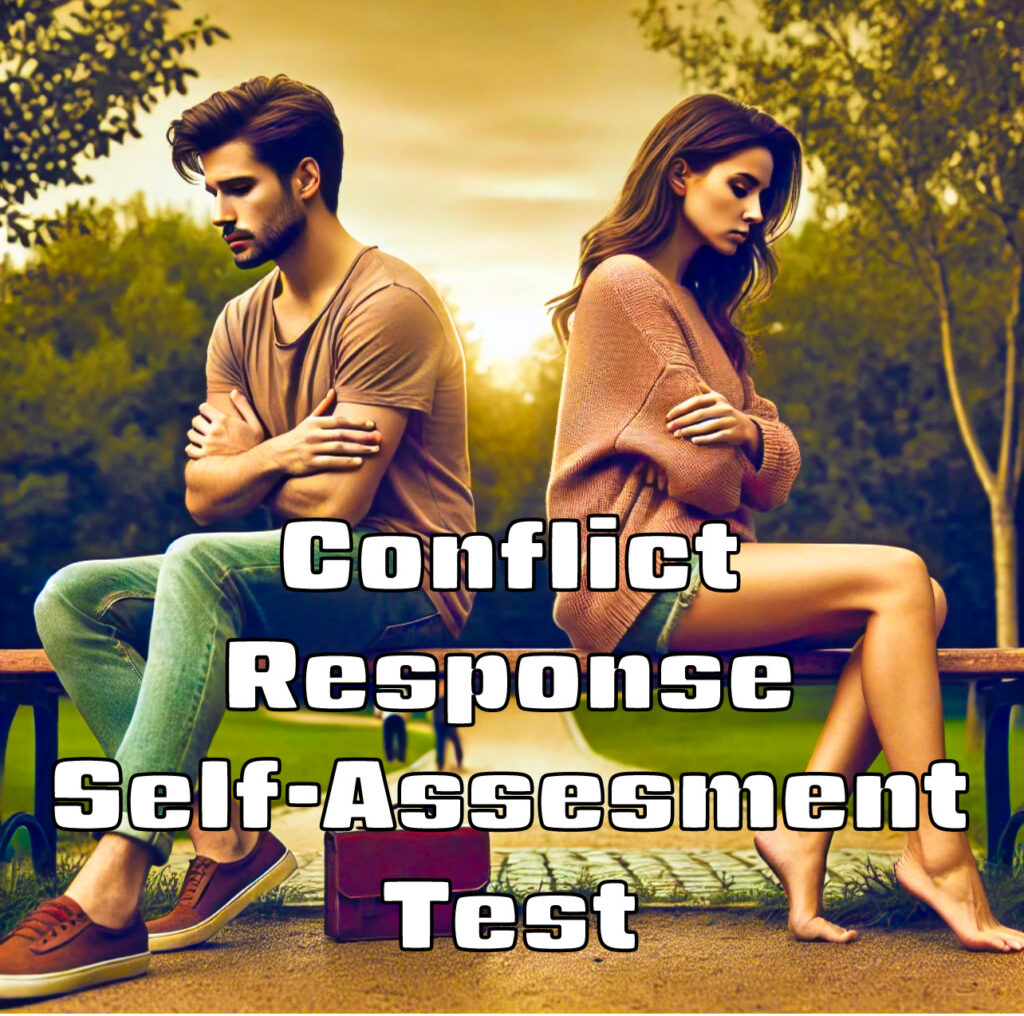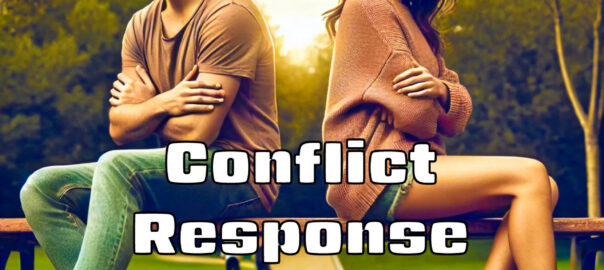
This Conflict Response Self-Assessment Test is designed to help you understand your default reactions during conflicts. By reflecting on how you typically respond, you can gain insights into areas where you may need improvement and learn to manage conflicts more effectively. Answer each question honestly to get the most accurate results.
How to Rate
Rate each statement on a scale from 1 to 5, where:
1 = Strongly Disagree
2 = Disagree
3 = Neutral
4 = Agree
5 = Strongly Agree
Conflict Self-Reflection Questionnaire
Explanation of the Results
Conflict Avoidance: High scores (21-35) indicate a tendency to avoid or withdraw from conflicts. Lower scores (7-20) suggest you are more likely to face conflicts head-on.
Defensive Reactions: High scores (21-35) suggest you often become defensive during conflicts. Lower scores (7-20) indicate a more open and less defensive stance.
Emotional Responses: High scores (21-35) reflect strong emotional reactions during conflicts. Lower scores (7-20) indicate more controlled emotional responses.
Communication Issues: High scores (21-35) highlight challenges in effective communication during conflicts. Lower scores (7-20) suggest better communication skills during disagreements.
Self-Reflection and Accountability: High scores (24-40) indicate difficulty in taking accountability and reflecting on your actions. Lower scores (8-23) suggest a higher level of self-awareness and accountability.
Conflict Resolution Skills: High scores (27-45) demonstrate a positive approach to resolving conflicts. Lower scores (9-26) indicate areas for improvement in conflict resolution strategies.
These results can provide valuable insights into your conflict management style and highlight areas where you can work towards more constructive and effective conflict resolution.
References
- Thomas, K. W., & Kilmann, R. H. (1974). Thomas-Kilmann Conflict Mode Instrument. Tuxedo, NY: Xicom, Inc.
- Gottman, J. M., & Silver, N. (1999). The Seven Principles for Making Marriage Work. New York: Crown Publishers.
- Rosenberg, M. B. (2003). Nonviolent Communication: A Language of Life. Encinitas, CA: PuddleDancer Press.
- Stone, D., Patton, B., & Heen, S. (2010). Difficult Conversations: How to Discuss What Matters Most. New York: Penguin Books.
- Bolton, R. (1986). People Skills: How to Assert Yourself, Listen to Others, and Resolve Conflicts. New York: Touchstone.

